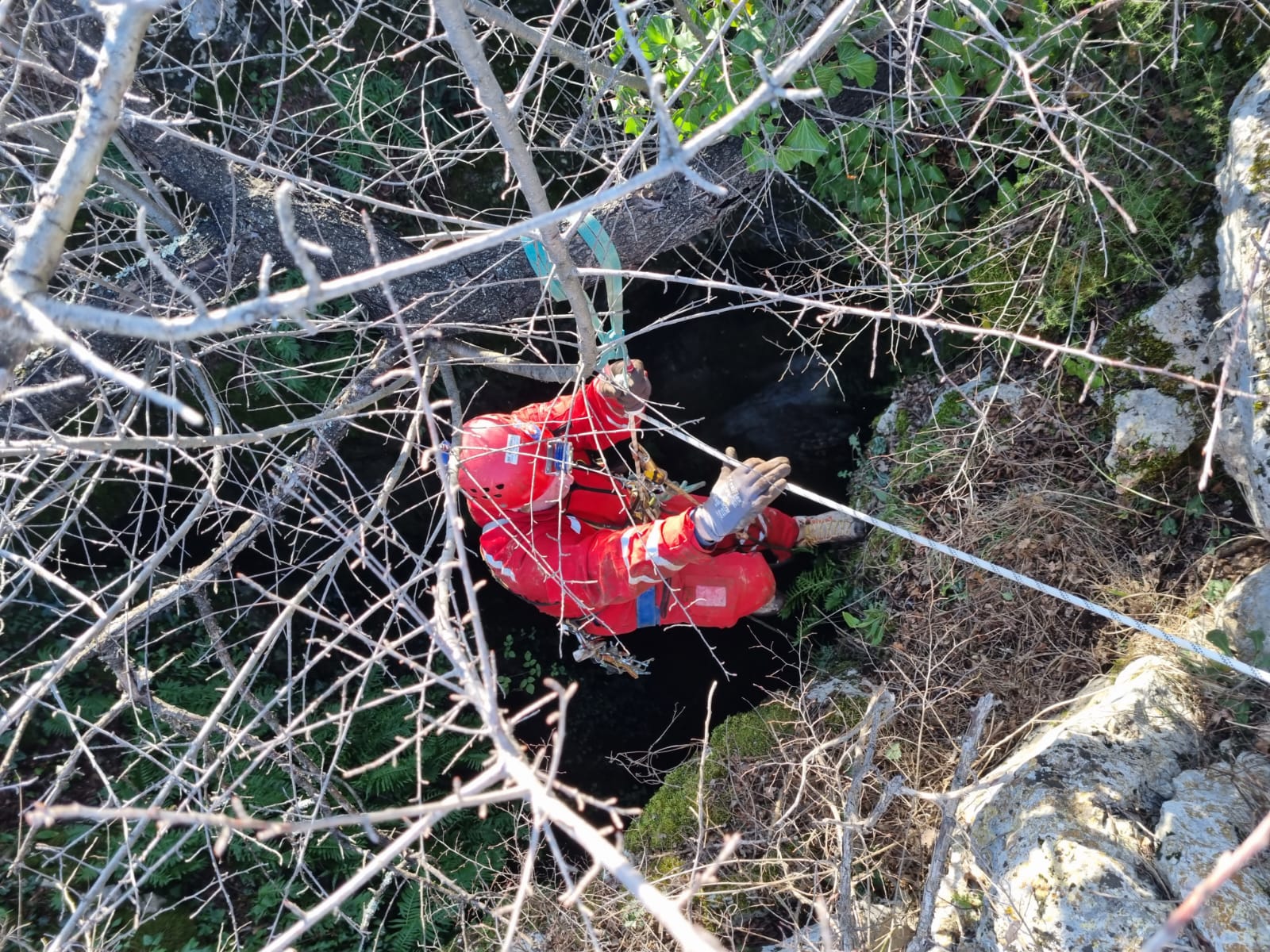In a joint action, "Clean Underground", seven speleological structures were cleaned in the area of the Krka NP
31/01/2023
Speleologists and mountaineers from the St. Mihovil Mountaineering Club, the Croatian Mountain Rescue Service, and employees of the Krka National Park pulled out twenty-two cubic meters of trash from caves and pits in five days
The underground preserves seventy percent of Croatia’s drinking water supply and is home to forty percent of all endemic animals, but it also hides hundreds of unofficial waste dumps. In five days, speleologists and mountaineers of the Croatian Mountaineering Club Sveti Mihovil, on the initiative of the Krka National Park, and with the support of the Croatian Mountain Rescue Service – Šibenik Station, cleaned seven speleological structures in the area of the Krka National Park and extracted twenty-two cubic meters of municipal waste from the caves and pits.
Eighty-two speleological structures have been explored in the area of the Krka National Park, which are inhabited by numerous endemic cave species, four of which inhabit only structures within the Park area. Although all speleological features, with the exception of the Oziđana pećina cave, are encompassed in a strict protection zone, unfortunately some of them have been polluted by careless disposal of waste in an inappropriate manner.
From January 19th to the 28th, seven speleological structures were cleaned: Stara Jametina, the cave at Skradinski buk, the cave near Zaskok, the cave at Bibnovac, Golubnjača cave above Krka monastery, the cave with garbage, and the cave in Donji Radići. With this action, the Krka National Park joined the initiative “Clean Underground”, so all cleaned structures are marked with the sign www.cistopodzemlje.info, with the hope that this will help protect these structures and prevent, or at least reduce, irresponsible waste disposal.
The main cause of such underground pollution is insufficient awareness of environmental protection and the correct way of disposing of waste, given that today organized removal is available to everyone. That is why our common task is further education about the harmfulness and danger of this manner of “disposing” of waste. Most renewable supplies of drinking water come from the underground karst system. Caves and abysses represent a natural connection between underground and surface water, so what we throw into our sinkholes will eventually end up in the glass of water on our table.







News
JOŠ NOVOSTI IZ KATEGORIJE
A thousand seedlings were distributed: Krka NP participated in the campaign "Let's grow together" for a greener future
The Krka National Park again joined the European campaign “Let’s grow together” this year, within which a thousand lavender and laurel seedlings were distributed on the occasion of International Labor Day at the Skradinski buk waterfall
International Labor Day in the Krka National Park: the gifting of seedlings and free entrance to the Park
This year, the Krka National Park will join the European campaign “Let’s grow together” and on Labor Day at Skradinski Buk at noon, they will distribute a thousand laurel and lavender seedlings, which visitors to the Park can plant in their gardens and yards
The second edition of the Regenerate Europe conference offers "glocal (global/local)" perspectives for the revival of Croatian tourism on the wings of a renewal of local food production and agriculture.
At the Krka Eco Campus in Puljane in the Krka National Park, a two-day international conference “Regenerate Europe” (in English) is being held on May 2 and 3 (and online) on the topic of encouraging local food production and strengthening the connection between local enogastronomy and tourism
A book from the heart for veterans of the Homeland War
Books were donated to the Šibenik Veterans Center, with deep respect for veterans and their role in the community
